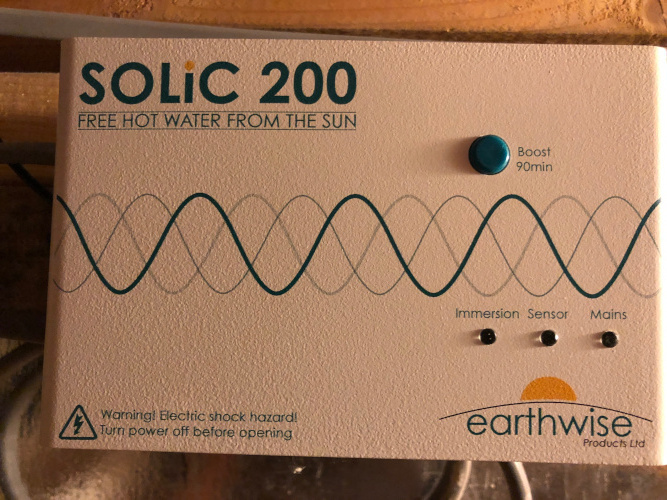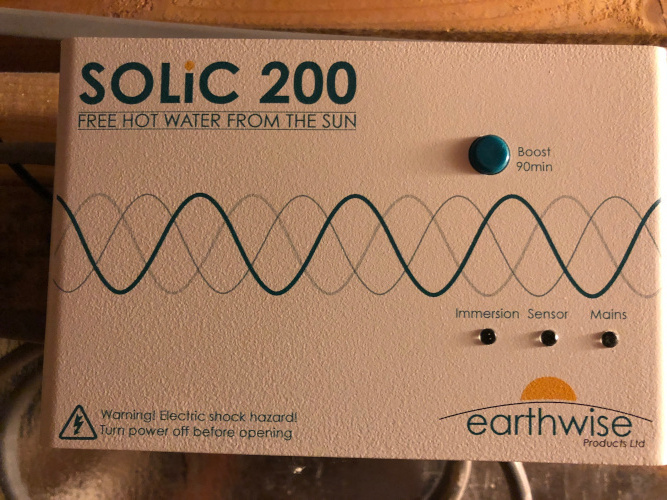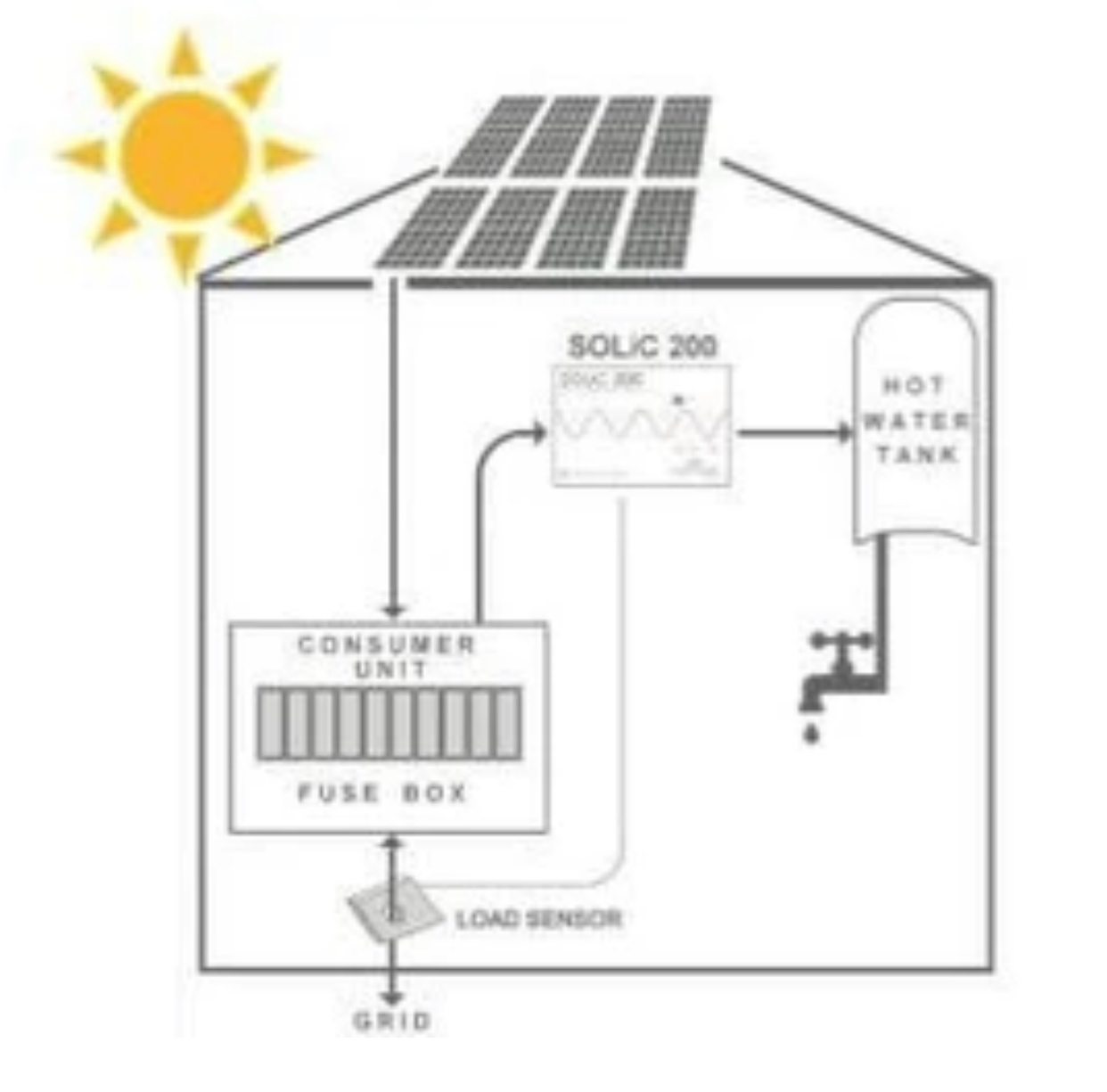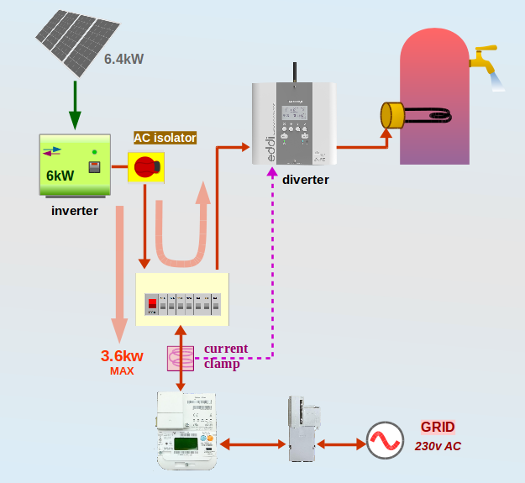Updated on 21/06/24 by ChristopherS_OVO:
Have you heard? We’re not installing solar! Find out more here:
Solar PV (photovoltaic) diverters are a small unit that diverts unused electricity generated by the solar panels to the immersion heater of your domestic hot water tank.
Mine cost about £80 from eBay and I fitted it myself (but most would need an electrician). For the home owner this means when you aren’t using the electricity your solar panels are generating it will divert the ‘spare’ electricity to the immersion heater rather than exporting to the grid.
On good days it will provide all of the heating to your hot water tank. If you are on a Feed in tariff you get paid your 50% of generated export payment regardless of whether you’ve actually exported 100% or 0% to the grid (*moderator note: this only applies if you don’t have a smart meter, which can measure export exactly). So financially it’s a pretty worthwhile addition but as
My heat pump should heat the water with an efficiency somewhere around 3, so for every kWh of electricity used by the heat pump to heat the water it generates 3 kWh of heat into the tank. An immersion heater has an efficiency of 1. So it would be better for the holistic energy usage of the grid to export unused electricity from the panels to the grid and heat the water using the heat pump rather than the immersion heater but it’ll cost the home owner more, unless some system like the flex platform could help manage this demand.
In reality though, home heating demand over autumn/winter/spring will account for 80% (rough guess and will vary by property) of a home owners energy usage so the energy saved by the home owner/not exported for the benefit of the grid won’t be significant in the grand scheme.
A better solution would be home energy storage(battery) and using the heat pump to heat the water from this source but battery prices are just too higher for many people to afford even with the offers around at the moment.
(hope this reads ok, on phone from a campsite In Pembrokeshire (off grid 😁))









